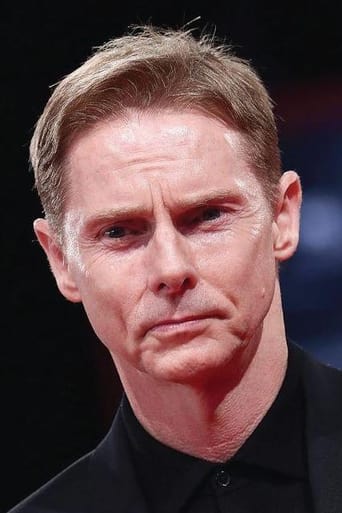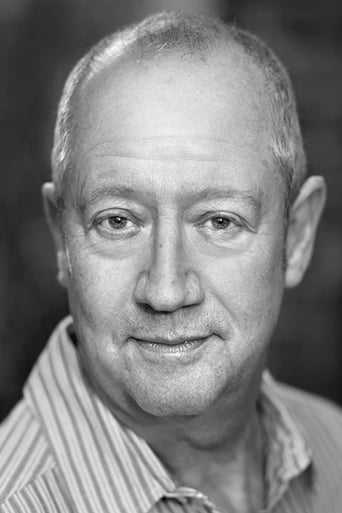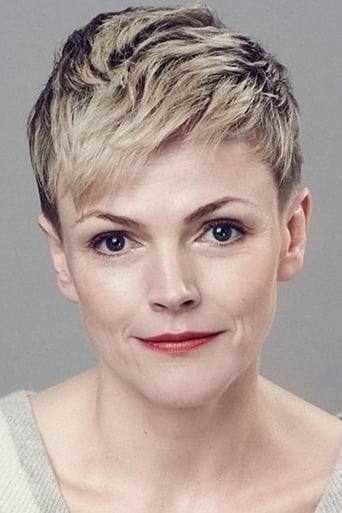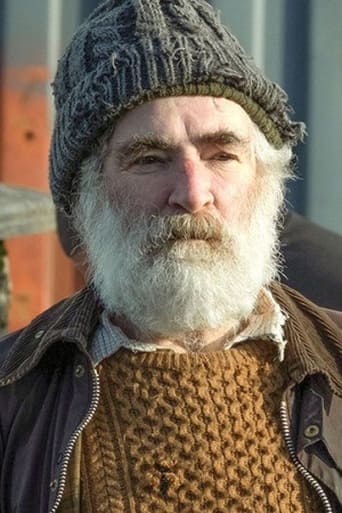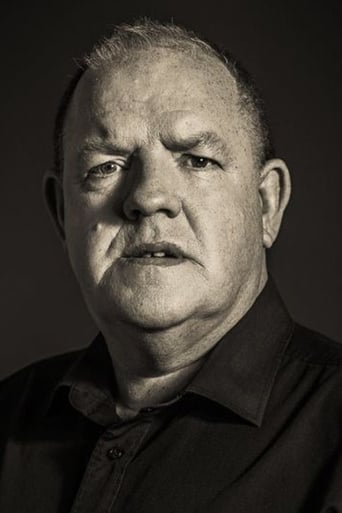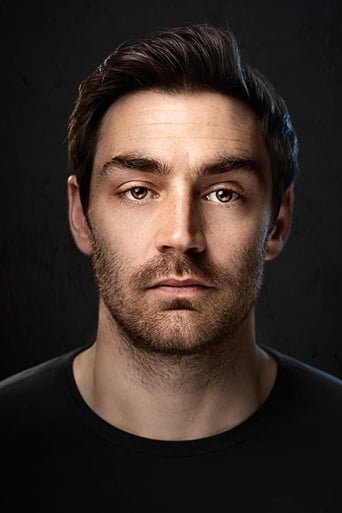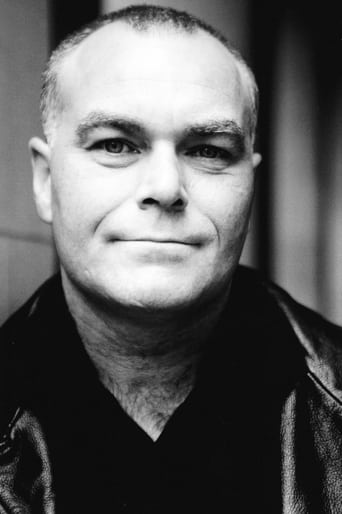The film is the first known dramatisation of one of the most notorious killing sprees in British history and was made to mark the fortieth anniversary of Hindley and Brady's trial. It was made with the full backing of the victims' families, and was based on two years research, including interviews with detectives, relatives of the murdered children, and Hindley's brother-in-law David Smith.
Reviews
To me, this movie is perfection.
Just perfect...
Pretty good movie overall. First half was nothing special but it got better as it went along.
I am only giving this movie a 1 for the great cast, though I can't imagine what any of them were thinking. This movie was horrible
A very well made and well portrayed production with very good actors, as a resident of Saddleworth all my life I remember the actual event vividly and the Saddleworth moors shots I recognise well as a walker on these moors often in the past.The part of Maureen Smith played by Joanne Froggat was in my opinion extremely well portrayed and made one feel sorry for the plight of a working class and struggling woman suddenly being dragged into such an horrific set of circumstances and have her world turned upside down.Maxine Peake who plays the roll of Myra Hindley, I thought also played her part extremely well as I am more used to seeing her in comedy rolls it must have been very hard for all the cast to to act out this harrowing production even more so as it is a true story from a well published case and has not yet been concluded and may never be so.
This gets off to a poor start by losing its nerve, and becoming a very conventional sermon. Of all the ways to tell the story of the Moors murders, they chose a police procedural; a genre that dull-witted citizens can watch in their safe living rooms without being exposed to anything particularly troubling; and learn some lesson they can usually forget by lunch tomorrow. In order to take viewer identification off of Brady and Hindley, we arrive late in the sequence of things and are offered instead the protagonist/viewpoint of David Smith, a belated accomplice. 4 out of 5 of the crimes of Brady and Hyndley are already over. And the movie is too polite to name their grotesque acts.It would have helped if they specified their deeds, and made the two as grotesque and depraved as they actually were. Instead any detail that would drive home the horror and revulsion of their crimes is lost in deference to 'good taste.' The movie keeps hedging its premise. It flirts with banality in offering details like a lisping police sergeant, but providing almost no detail about the murders. This is a movie where we spend maybe 2 hours with the killers, and zero time with any of the 5 victims. Just what Brady and Hindley needed, more exposure. The most they can spare for the victims is a few images before the crawl. Bizarre. It's well-acted, but mostly ends up being a bland, forgettable study of police work, rather than the vivid, horrifying portrayal of evil that is now long overdue. Audiences will still need to ask their older relatives, precisely what it is Brady and Hindley did to deserve their exceptional shunning.
Having read most of the literature on the Moors Murders, I was looking forward to seeing this. But when it was over, I was left feeling a bit underwhelmed. Suffice to say, "See No Evil" seems more or less like an extended episode of "Prime Suspect" or "Cracker" set in the 1960s. The story begins in medias res with not a whole lot of context provided for what we're seeing. More often than not, things are awkwardly explained by characters after the fact; and the banal, obvious dialogue tends to emphasize this problem a bit too much.While I was watching I was struck by all of the things that weren't or couldn't be shown in the film (such as the kidnappings of the children and the disposal of their bodies on the moors, as well as the infamous photographs and tape recording of Lesley Ann Downey's torture and murder). These omissions tend to throw the viewer off a bit since there is barely anything that suggests the killers' motivations. Too many important facts and details are mentioned in the past tense, and not enough is dramatized and shown as happening in the present moment this circuitous approach tends to blunt the impact of the story as a whole.As the psychopath Ian Brady, Sean Harris is a fine actor with an interesting, enigmatic presence, and his performance is more or less adequate. But strangely, he doesn't seem to project enough menace in the role. He scowls and looks pale and ghastly and speaks in a soft-spoken Scots accent which, to my ears, sounds a little forced and put-on. For the most part (and the limitations of the script may be partly to blame for this), he comes across as an actor merely playing at being a psychopath, rather than a man genuinely unhinged someone who feels compelled to commit senseless, heinous acts of violence. He is at his most convincing (and scary) when he sees that Dave Smith (Michael McNulty) has given him up to the police, and he flashes his young friend a condescending smirk. Harris is also quite believable when he has a battle of wits with George Costigan, who plays police DCI, Joe Mounsey giving defiant, insolent non-answers to the detective's incisive, probing questions.As the notorious Myra Hindley, Maxine Peake probably delivers the best performance, but the script seems to undermine and shortchange her character. We never really learn very much about her such as what her life was like before she met Ian Brady and what attracted her to him, what the dynamic of their relationship was, as well as how her personality changed as a result. We certainly don't learn anything about why she participated in the sadistic murder of young children. The movie also makes the mistake of trying to replicate Myra's infamous 1965 mug shot and it only serves to emphasize that, apart from the clothes and the hair, Maxine Peake really doesn't look that much like the actual person she's portraying.As David Smith, Michael McNulty does indeed look a great deal like the actual person he is meant to be. Although, I got a sense that the writer sanded the rough edges off his character a bit too much especially Smith's putative alcoholism and spousal abuse in order to make him more palatable and sympathetic to the audience.Joanne Frogatt plays Maureen Hindley, Myra's kid sister and Dave Smith's shotgun bride, and the film takes her point of view. While the filmmakers were clearly trying to preserve a little taste by maintaining a slight distance from the two killers and their crimes, adopting Maureen's perspective (especially as played by Frogatt) seems a mistake. Indeed, it turns out to be a rather unrevealing vantage point that yields precious little insight about events.Not surprisingly, Frogatt's Maureen turns out to be the sole straight arrow amidst this otherwise unsavory quartet, and the movie seems partly intended as a rehabilitation of both her and David Smith's public image in connection with the murders. Unfortunately, Frogatt is as dull as ditchwater in the role, and with her pasty, angular, dark-haired features and de rigueur beehive hairdo, Frogatt looks like she could be one of Sean Harris' siblings rather than Maxine Peake's. By the end of the movie, despite all of my prior knowledge about the case, I was left feeling just as bewildered and in the dark about everything as Maureen did. With Frogatt's character as the story's center of gravity, the moral sense of the movie seems rather uncertain and hesitant and vaguely apologetic. An earnest, token effort is also made to show the suffering of the relatives of the victims, so as not to run the risk of inadvertently valorizing the two killers. These people in particular, the actors playing John Kilbride's father and Lesley Ann Downey's mother often come across more vividly than the two criminals and their close relations do. This aspect of the movie focuses on the efforts of Detective Mounsey and as such, "See No Evil" awkwardly tries to tell two converging stories from two different outside points of view at the same time.In the end, I just didn't feel that this production really did justice to the Moors Murders (pardon the pun). The only time that the grisliness and horror of the killings are really felt is when the police search team digging on Saddleworth Moor retrieves Lesley Ann Downey's body from her grave in the middle of a foggy night. A story like this demands a more detailed narrative context and a stronger viewpoint (even if this necessitates a bit of speculation and guesswork) or it risks wishy-washy banality. This subject would be served by a proper feature film treatment, even though the serial murder genre has practically been done to death in the movies (again, pardon the pun).
I was quite young [7 - 9 years of age] when these events took place, and remember the dreadful feelings that were prevalent. Before this drama was screened, I was not sure it would be possible to dramatize such an horrific episode without it coming across in a way that either glossed over or overemphasized many aspects. However, I feel this was a well pitched production. For me it has gone a small way towards dealing with something that has been uncomfortable to think about in recent times, when those involved were for one reason or another in the news. I don't think it would be appropriate for the full details to be made public in a television programme, but hopefully there was enough to be informative yet not too distressing. I hope the families concerned did not find the drama hurtful, and that it didn't reopen deep wounds for them - probably a vain hope, unfortunately.
Top Streaming Movies














